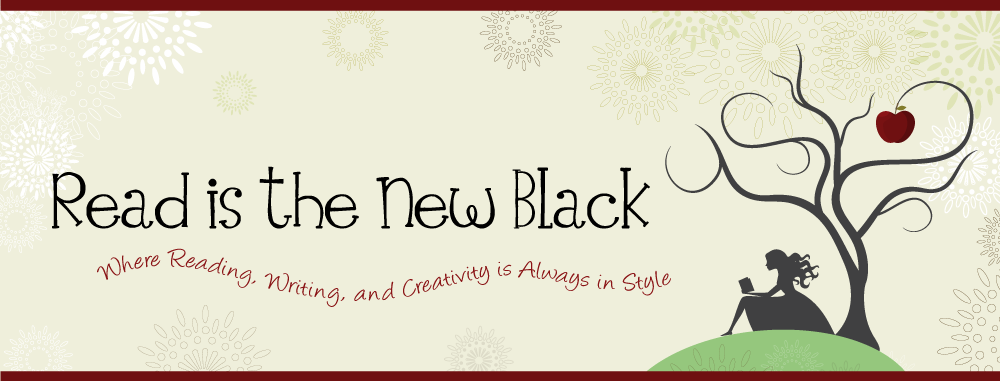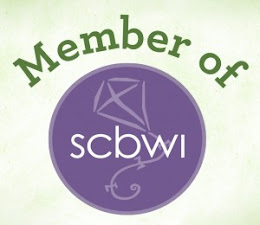A couple of weeks ago, I
watched the beginnings of pilot episodes from two TV dramas I hadn't seen before- some networks show reruns before they launch into new
seasons. I started watching one show with the anticipation I would like it. But
within the first 20 minutes, I turned it off. I watched the second show's pilot
straight through and now I'm going through its first season on Netflix. I'm
hooked!
The first
pilot, I believe, tried too hard to cater to all audiences, from small children
to adults. So the parts that were supposed to appeal to young viewers bored me.
On the other hand, the second pilot held my interest even during the
parts featuring younger characters.
There are
many TV shows, movies, and books that appeal to audiences of all ages. To
accomplish this, the writer and director must know how to make the parts intended to
attract children engaging for adults too, and the parts intended to entertain
the grown-ups also accessible for children. Of course, this is easier said than
done. The reason why some animated films, such as Shrek or The Incredibles,
appeal to all age groups, is because the writers know how to use humor that
kids understand while subtly injecting the wink-wink kind of humor for the
grown-ups.
Audiences
and readers also better connect with characters whose experiences can
mirror universal experiences. For example, it has been awhile since most of us
have experienced first day of school jitters, but as adults, our response to
seeing a child experiencing those things can resonate with the emotions we
might feel when we start a new job or move to a new neighborhood or join a new
community group. So that could be another way a character's experience can
transcend age lines on the screen or on a page.
What other qualities should a book, TV show, or movie have to appeal to more than one age demographic?

